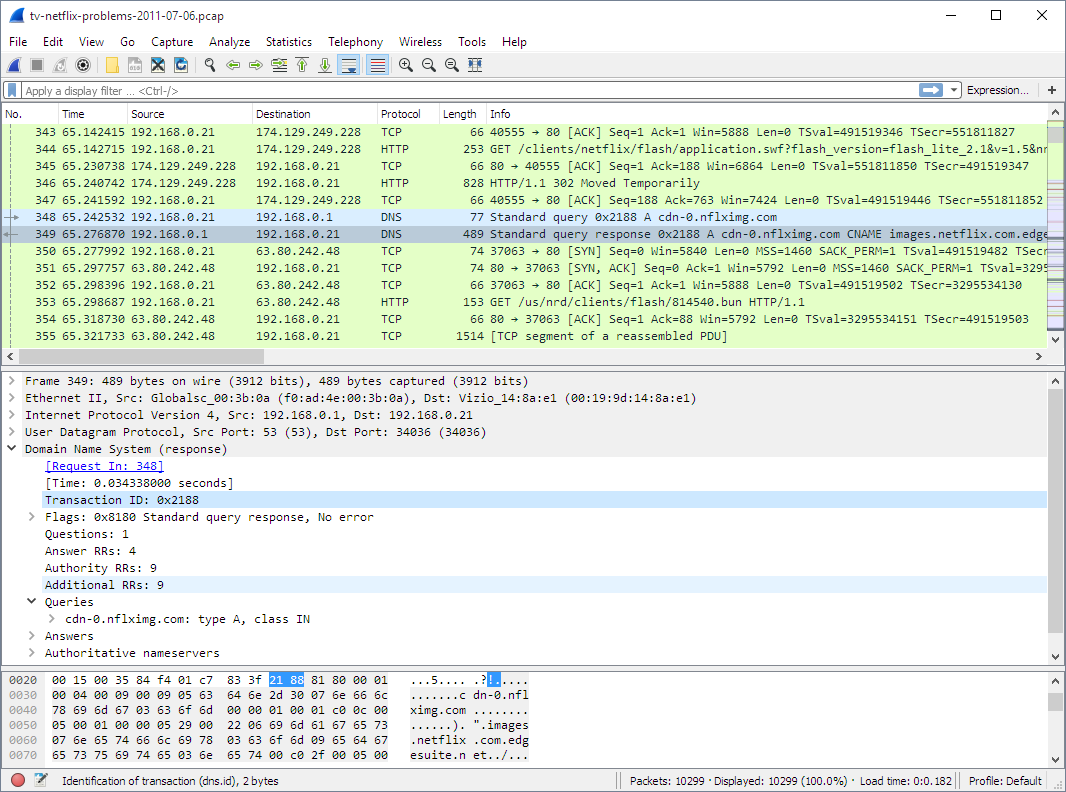


Workloads could change the system state by loading and unloading dynamic modules and tuning system parameters.Employing runtime tracing can shed light on the runtime system state.Understanding Linux kernel-hardening configuration options and making sure they are enabled will make a system more secure.auditd, checksyscalls.sh, and get_ tools can be used to discover supported system calls and features.System call numbering is different on different architectures. Supported system calls and Linux kernel features are architecture-dependent.A workload could load and unload modules and change the runtime system configuration to suit its needs by tuning system parameters. Runtime System View comprises system calls, ioctls invoked and subsystems used during the runtime. Wireshark can be used with GNS3 to 'sniff' packets from the links between devices of a virtual topology. Static System View comprises system calls, features, static and dynamic modules enabled in the kernel configuration. Let’s first define what static and runtime system states are, and then explore how we can visualize the static and runtime system parts of the kernel. The kernel system state can be viewed as a combination of static and dynamic features and modules. then using Wireshark and aircrack-ng we will filter the packets and crack them. Let’s take a look at the process to get insight into supported system calls and features and to assess how secure a system is and its runtime activity. on security-based Linux like Kali, Parrot, Gaduda, Black Arch etc. Linux Foundation Training sponsored this post.ĭo you know that Linux kernel-supported system calls and features are architecture dependent? Do you know that Linux kernel supports several hardening configuration options to secure your system?


 0 kommentar(er)
0 kommentar(er)
